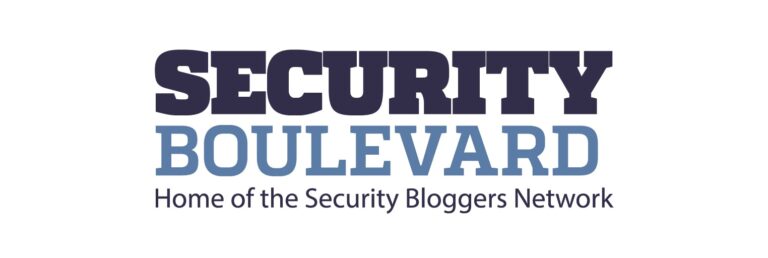The recent National Public Data (NPD) leak is one of the largest Social Security Number (SSN) leaks in history. With reports suggesting the breach may affect up to 3 billion SSNs, it’s important to understand the scope of the breach and take immediate steps to protect yourself from identity theft. This guide provides an in-depth analysis of the breach and actionable steps you can take to keep your personal information safe.
What happened in the National Public Data (NPD) breach?
Understanding scope
The NPD breach exposed the personal data of approximately 292 million people, including 272 million SSNs. The data spans the period from the SSN’s inception in 1936 to the present, making it one of the largest SSN breaches on record. While the scope is extensive, the actual risk depends on the quality and recency of the data exposed.
Who is most affected?
The breach primarily affects individuals born between 1950 and 1970. Some older data is included, but more recent Social Security numbers are also at risk. The quality of the leaked data varies, with some records being out of date or inaccurate, but the sheer volume of exposed information means it still poses a significant risk.
Data Quality and Risk
Approximately 49% of exposed Social Security numbers are not accurate enough to pose a significant identity theft risk. However, 51% of the data is accurate enough to be used for identity theft, affecting an estimated 138 million Americans.
Immediate steps to protect personal information
1. Monitor your Social Security number and personal information
Use identity theft protection services to proactively monitor your Social Security number and personal information. Regularly check your credit reports from the three major credit bureaus — Equifax, Experian and TransUnion — at AnnualCreditReport.com to check for any fraudulent activity.

2. Issue a fraud alert
A fraud alert on your credit report alerts creditors to verify your identity before opening a new account. This extra layer of security helps prevent unauthorized access to your credit information. When you request a fraud alert from one of the big three credit bureaus, the others are notified as well.
3. Consider a credit freeze
A credit freeze limits access to your credit report and makes it harder for identity thieves to open new accounts in your name. It’s stricter than a fraud alert, but it does offer some extra protection. You can lift the freeze temporarily or permanently, if you want.
4. File your taxes early
To prevent tax identity theft, where someone uses your Social Security number to claim a refund, file your taxes as soon as possible. If you receive notification that someone is using your Social Security number for tax purposes, contact the IRS immediately.
5. Set up your E-Verify account
Consider setting up an E-Verify account at e-verify.gov/mye-verify. E-Verify allows you to lock your SSN so that no one else can use it to apply for employment. This system helps prevent fraudulent use of your SSN for work-related purposes.
6. Monitor financial statements
Regularly check your bank and credit card statements for any transactions you do not recognize. Report any discrepancies immediately to your financial institution to mitigate potential losses.
7. Beware of phishing scams
Following such a significant breach, phishing scams are likely to increase. Be wary of unsolicited emails or phone calls requesting personal information. Verify the legitimacy of requests before providing any details.
Continuous and long-term security measures
1. Update your password
Change the passwords for your online accounts, especially if you use the same passwords on multiple sites. Create strong, unique passwords for each account and consider using a password manager for added security.
2. Enable Two-Factor Authentication (2FA)
If possible, enable 2FA on your account, which provides an extra layer of security by requiring a second form of verification beyond your password.
3. Learn about identity theft
Understanding identity theft and its common tactics will help you respond quickly if your information falls into the wrong hands. Stay up to date on identity theft prevention and best practices.
4. Report suspicious activity
If you notice any suspicious activity involving your personal information, please report it to the Federal Trade Commission (FTC) and your local law enforcement agencies. Reporting promptly can help mitigate potential damage.
Conclusion
The National Public Data (NPD) breach represents an unprecedented exposure of personal information, posing significant risks to millions of individuals. By taking proactive steps to monitor and protect your identity, you can better protect yourself from the potential impacts of this massive breach. Stay vigilant, informed, and proactive to ensure your personal data is safe.
***This is a Constella Intelligence Security Bloggers Network syndicated blog written by Rachel Hamasaki. Read the original post here: https://constella.ai/national-public-data-npd-breach-essential-guide-to-protecting-your-identity/


